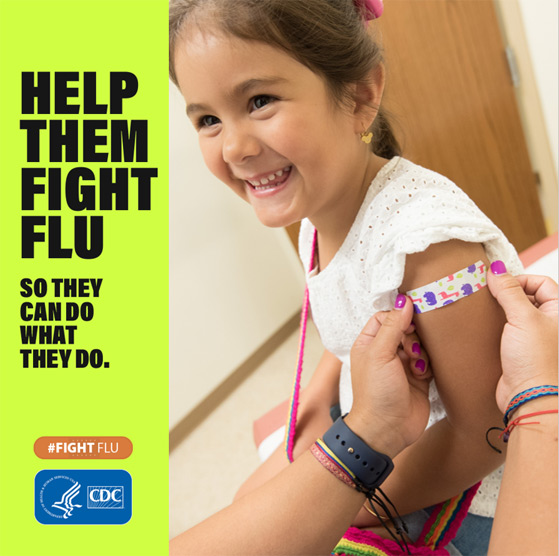Influenza & Parotitis: Question & Answers for Health Care Providers
What is acute parotitis?
Acute parotitis is recent swelling of one or both of the salivary glands. There are a number of causes, including viruses and bacteria. Acute viral parotitis is not a common symptom of influenza virus infection and is much more commonly seen following infection with the mumps virus.
How common is acute parotitis with influenza infection?
We don’t know exactly how commonly parotitis occurs with influenza infection. Prior to 2014, roughly a dozen cases were reported in the scientific literature. However, during the 2014–2015 influenza season in the United States, several hundred cases were reported to CDC, representing the largest number of reported cases ever.
Who is at risk of developing acute parotitis after influenza?
Parotitis after influenza appears to occur in people of all ages but mostly in school-aged children and more commonly in males. While still rare, influenza-associated parotitis appears to occur more often after infection with influenza A (H3N2) viruses.
I have a patient who has presented with acute parotitis that may be viral, what should I do?
Testing
In the context of a sporadic case
Patients with influenza-associated parotitis may not always have respiratory symptoms at the time of parotitis or in the days leading up to parotitis. CDC suggests that influenza be included in the differential diagnoses for acute viral parotitis during the influenza season even in the absence of respiratory symptoms.
Based on the current evidence, if the patient is not presenting in the midst of a mumps outbreak, CDC recommends that clinicians test for mumps virus infection and, if it is influenza season, also consider testing for influenza.
The best way to test for mumps virus infection is with a buccal, or oral, swab and blood test (see Mumps Specimen Collection, Storage, and Shipment). The best way to test for influenza is with a nasopharyngeal or oropharyngeal swab (see Influenza Specimen Collection [103 KB, 1 page] information). Note that a buccal swab is not an approved specimen for influenza diagnostic testing.
Positive laboratory results should be reported to state and local health departments according to local reporting requirements. In all states, mumps positive results are reportable. In some states, influenza positive results are reportable.
In the context of a mumps outbreak
If the patient has acute parotitis and is suspected of having mumps infection because s/he is epidemiologically linked to an ongoing outbreak, testing for mumps infection is a priority as the parotitis is most likely due to mumps virus infection. In the context of an outbreak, a negative test result for mumps does not rule out mumps as a diagnosis. However, testing for alternative pathogens should also be considered, including testing for influenza if influenza is circulating in the community.
Treatment
In the context of a sporadic case
If the patient is not suspected to be part of a mumps outbreak and is presenting with parotitis during the influenza season, influenza antiviral treatment may be warranted — not solely because a patient has parotitis, but for other reasons. CDC influenza antiviral treatment guidelines state that prompt empirical influenza antiviral treatment is recommended for any patient with confirmed or suspected influenza who is 1) hospitalized, 2) has severe, or progressive, illness, or 3) has risk factors for developing influenza-associated complications. Because early antiviral treatment can shorten the duration of influenza symptoms, antiviral treatment also can be considered for any previously healthy, symptomatic outpatient with confirmed or suspected influenza on the basis of clinical judgment, ideally within 48 hours of illness onset.
In the context of a mumps outbreak
If the patient has acute parotitis and has epidemiological links to an ongoing mumps outbreak, then influenza treatment may not be warranted unless there is evidence to suspect influenza (e.g., positive laboratory test, close contact with others who have influenza) and the patient has severe disease or risk factors for serious influenza complications.
Why is it important to know whether acute parotitis is due to mumps or influenza?
Both mumps and influenza virus infections are contagious and transmitted person-to-person. Mumps is no longer very common in the United States but outbreaks still occur. When a person has suspected mumps infection, a public health response may be warranted, possibly including contact tracing, vaccination clinics, and patient isolation. In contrast, widespread epidemics of influenza occur in the United States each year and such a public health response would generally be unnecessary if a case of parotitis were found to be due to influenza rather than mumps.
